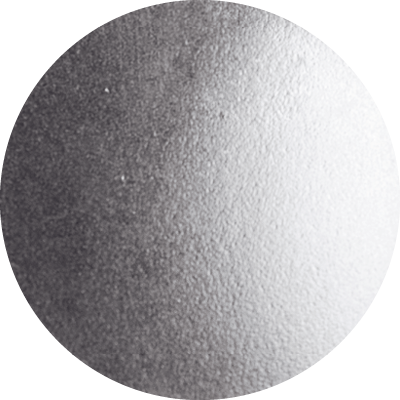Tako
 Prev
PrevThe Tako low table embodies the multifunctional versatility of contemporary furniture, an essential and welcoming element that helps make the home a space easily reconfigurable according to the needs of the moment. Designed in the 1970s by architect and designer Cini Boeri, Tako “is not a piece of furniture, but a surface to use” following the ethical approach of a design in which objects should encourage autonomy and be flexible “to live as happily as possible.” Four tubular chrome steel legs support a large surface — available in two sizes — which, in the mind of the Milanese architect, is a natural continuation of the home floor, accompanying the small domestic rituals that are so dear to her. Tako thus becomes a practical surface for everyday items and an extension of the sofa for relaxing the feet. The low height of the table, which reflects Cini Boeri’s thoughts on oriental convivial practices, stimulates conversation and social interaction, highlighting her vision of the home as a space that can be easily reconfigured according to the needs of the inhabitant. Today, Tako is reissued by Tacchini in the original version with a white lacquered wood top on four chrome steel cylinders, and in a new finish with a Ceppo di Crema marble top — a historic stone used in many Milanese façades — paired with the original chrome steel legs.
Cod. 0TKOTB160
L 160 P 120 H 28 cm
Cod. 0TKOTB190
L 190 P 160 H 28 cm

Cini Boeri
Maria Cristina Mariani Dameno, later known as Cini Boeri, was born on June 19, 1924, in Milan, a city with which she maintained a strong bond throughout her life, particularly with Piazza Sant’Ambrogio, where she lived and opened her professional studio. During the war, she relocated to Lake Maggiore, became a partisan courier, and met Renato Boeri, then a medical student and commander of the Stefanoni Brigade. Renato would later become her husband and the father of their three children. After earning her degree in architecture from the Politecnico di Milano in 1951, she completed a brief apprenticeship at Gio Ponti’s studio, where she learned a certain “mental and physical order” as well as “his art and poetry.” She then spent a long period working in the studio of Marco Zanuso, one of Italy’s greatest post-war architects and designers. In 1963, after 11 years at Zanuso’s studio, Cini courageously opened her own practice and launched her independent career, working on private and public architecture, exhibitions, and industrial design. She always designed with a focus on the physical and psychological needs of individuals, encouraging their autonomy in space and relationships. She recognized architecture’s great responsibility in improving quality of life, bringing joy, and helping clients become aware of their needs:
“Joy is inherent in the act of designing, in proposing the new, and in creating it with responsibility and passion. Commitment corresponds to a moral and intellectual ethic that should always accompany our work in all its aspects.” Starting in the late 1960s, Cini experimented with industry and materials – such as expanded polyurethane, plastic, glass, wood, silver, and steel – seeking functional and innovative forms to demystify design archetypes. In 1979, she won the ADI Compasso d’Oro for the Stips series. In 1986, she participated in the XVII Triennale di Milano with the exhibition Il progetto domestico, where she presented a floor plan for a home for young couples, featuring both shared spaces and areas for personal autonomy. She believed that life as a couple was “the encounter between two distinct autonomies, which, instead of canceling each other out, nurture their differences through their union.” Cini Boeri designed homes, museum exhibitions, offices, and stores in Italy and abroad, maintaining a constant focus on spatial functionality and the psychological relationship between people and their environment. In 2008, she received the Good Design Award in Chicago, and in 2011, it won the Compasso d’Oro ADI for Lifetime Achievement and was named Grand Officer of the Order of Merit of the Italian Republic. In 2022, the Ghost armchair in curved glass, designed for FIAM in collaboration with Tomu Katayanagi, won the Compasso d’Oro ADI for Lifetime Achievement.


